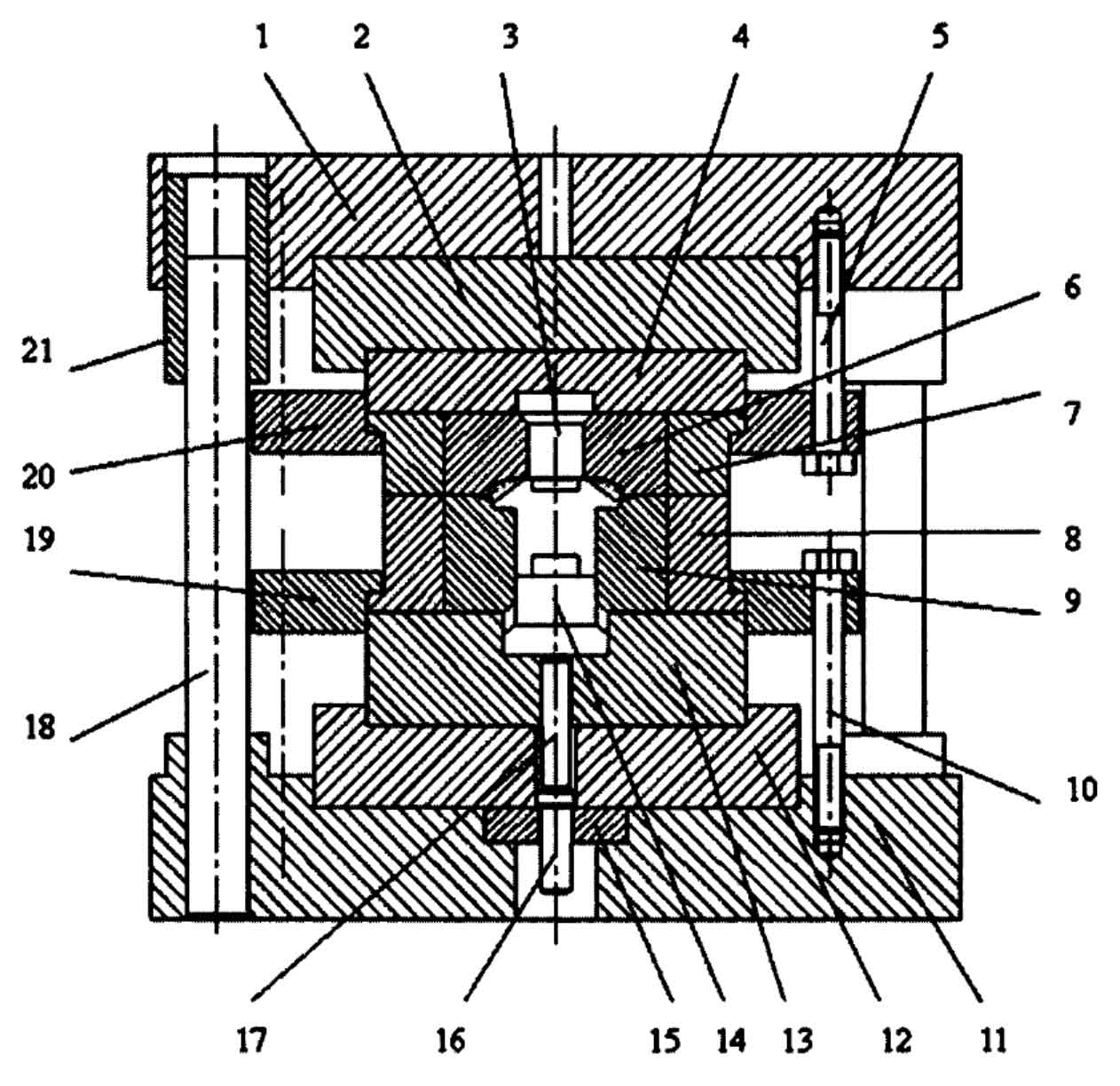Gear forging plays a significant role in driving industrial innovation across various sectors. Here are some ways gear forging drives innovation:

- Enhanced Performance: Gear forging enables the production of gears with superior mechanical properties, such as high strength, durability, and fatigue resistance. These characteristics contribute to improved gear performance, allowing for higher torque transmission, increased load capacity, and more efficient power transmission. By providing gears with enhanced performance capabilities, gear forging drives innovation in industries where reliable and high-performance gear systems are crucial, such as automotive, aerospace, power generation, and heavy machinery.
- Lightweight Design: Weight reduction is a key driver of innovation in many industries, including automotive, aerospace, and transportation. Gear forging allows for the production of lightweight gears with high strength-to-weight ratios. By optimizing material distribution and removing excess material, forged gears achieve weight savings without compromising performance. This facilitates the development of lightweight and fuel-efficient vehicles, aircraft, and machinery, leading to innovation in areas such as electric vehicles and aircraft fuel efficiency.
- Customization and Complexity: Gear forging techniques enable the production of gears with complex geometries, precise tooth profiles, and tight tolerances. This flexibility in design and manufacturing allows for customization and innovation in gear systems. Industries can develop gears tailored to specific applications, addressing unique requirements, such as reduced noise, increased efficiency, or compact designs. Customized gears support innovation in various fields, including robotics, medical equipment, renewable energy systems, and advanced manufacturing technologies.
- Sustainable Manufacturing: Gear forging aligns with the growing emphasis on sustainable manufacturing practices. The material efficiency, energy efficiency, reduced waste generation, and recyclability of gear forging contribute to environmentally friendly production processes. By adopting gear forging, industries can reduce their environmental impact, promote circular economy principles, and support sustainable development. The focus on sustainability drives innovation in materials, processes, and technologies to create more eco-friendly and resource-efficient gear manufacturing solutions.
- Advanced Materials and Heat Treatment: Gear forging encourages the exploration and utilization of advanced materials and heat treatment techniques. New materials, such as high-strength alloys, advanced steel grades, and composite materials, offer improved mechanical properties and enhanced performance. Innovations in heat treatment technologies, such as induction hardening and surface modification processes, optimize the material properties of forged gears. The integration of advanced materials and heat treatment techniques into gear forging drives innovation, leading to the development of gears with superior performance and extended lifespans.
- Integration with Digital Technologies: Gear forging is increasingly integrated with digital technologies, such as simulation, modeling, and automation. Advanced software tools enable virtual prototyping, optimization, and analysis of gear designs, enhancing efficiency and reducing development time. Real-time monitoring systems and data analytics allow for process control, quality assurance, and predictive maintenance. The integration of digital technologies with gear forging promotes innovation by improving productivity, precision, and reliability in gear manufacturing processes.
- Collaboration and Knowledge Exchange: Gear forging drives innovation by fostering collaboration and knowledge exchange within the industry. Manufacturers, engineers, and researchers work together to develop new techniques, materials, and applications. Industry conferences, research collaborations, and partnerships facilitate the sharing of expertise, insights, and best practices. This collaborative environment stimulates innovation, encouraging the exploration of new ideas, technologies, and approaches to gear design and manufacturing.
Gear forging’s role in driving industrial innovation extends beyond the manufacturing process itself. By enabling the production of high-performance, lightweight, and sustainable gears, gear forging contributes to advancements in various sectors and supports the development of innovative solutions to meet evolving industry needs.
